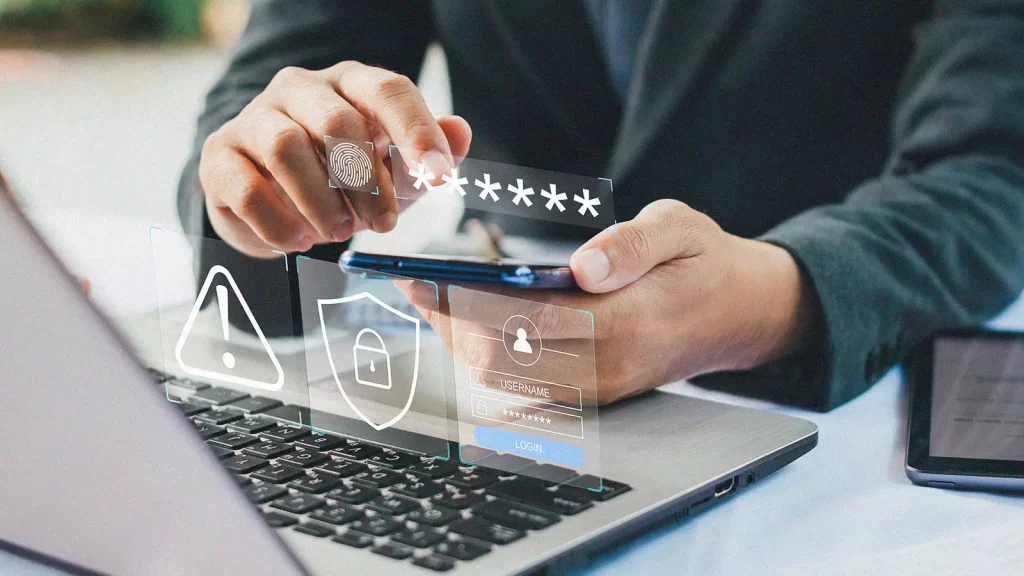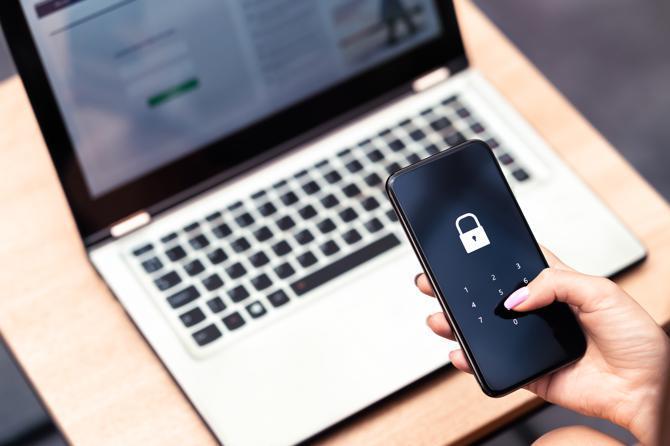Bank fraud in checking accounts is a growing concern for many individuals in the United States. With the rise of digital transactions and online banking, the risks associated with fraud have evolved, requiring consumers to stay vigilant. Understanding how to identify suspicious activities and protect your accounts is essential to safeguarding your finances.
This guide provides a comprehensive overview of how to detect signs of bank fraud and implement strategies to prevent it. By staying informed and proactive, you can avoid financial losses and maintain peace of mind in an increasingly digital world.
Understanding common types of checking account fraud

One of the most prevalent methods of checking account fraud involves phishing. Fraudsters use deceptive emails, phone calls, or messages to trick individuals into providing sensitive information, such as account numbers, passwords, or personal identification details. These schemes are carefully designed to mimic legitimate communications from banks, making them harder to spot.
Phishing schemes often include urgent language, claiming your account has been compromised or requires immediate action. These messages typically direct you to a fake website where you unknowingly enter your credentials. Once fraudsters gain access, they can withdraw funds, change account details, or perform unauthorized transactions.
To avoid falling victim to phishing, always verify the authenticity of communications from your bank. Call your bank directly using a trusted number rather than responding to suspicious messages. Banks will never ask for sensitive information through email or text. Enabling two-factor authentication for your accounts adds an extra layer of security, making it harder for fraudsters to gain access.
Staying cautious about unsolicited messages and regularly reviewing your account activity can help you stay ahead of potential phishing attempts. With vigilance, you can protect yourself from one of the most common forms of checking account fraud.
Red flags to watch for in your account activity
Monitoring your checking account for suspicious transactions is one of the best ways to detect fraud early. Look for unauthorized withdrawals, unfamiliar charges, or multiple small transactions you didn’t initiate. These may indicate that someone has gained access to your account.
In addition to monitoring individual transactions, watch for other signs, such as sudden changes in account details. For example, if your mailing address or contact information has been altered without your consent, this could be a red flag. Fraudsters may make such changes to divert statements or alerts away from you.
key red flags to look out for:
- unexpected withdrawals: Any withdrawal you don’t recognize should be investigated immediately.
- duplicate charges: A repeated charge for the same amount could signal an error or malicious activity.
- unfamiliar merchants: If you notice charges from companies you’ve never interacted with, this warrants further review.
- missing funds: Any unexplained depletion in your account balance is a critical warning sign.
If you detect any irregularities, contact your bank promptly. Many banks have fraud departments that can help resolve the issue and recover lost funds. Acting quickly minimizes potential losses and prevents further unauthorized activity.
By actively reviewing your account and understanding what to look for, you can stop fraud in its tracks. Early detection is key to protecting your finances and maintaining control over your accounts.
Steps to safeguard your checking account
Protecting your checking account begins with robust security measures. Simple steps, when consistently applied, can significantly reduce the risk of fraud. Start by creating a strong, unique password for your online banking account. Avoid using easily guessed information, like birthdays or common words, and update passwords regularly.
Keep your banking information private. Never share your account details or PIN with anyone, and avoid writing them down where they can be easily accessed. When disposing of old checks or statements, shred them to prevent identity theft. Enable account alerts to stay informed about account activity. Most banks allow you to receive notifications for withdrawals, deposits, or low balances. This real-time monitoring can help you spot unauthorized transactions quickly.
Another effective strategy is limiting the amount of personal information you share online. Fraudsters often gather details from social media profiles to answer security questions or impersonate you. Review your privacy settings to ensure only trusted individuals can view your information.
Finally, when accessing your account online, ensure you’re using a secure connection. Avoid public Wi-Fi networks, which are more vulnerable to hackers. Instead, use a private network or a virtual private network (VPN) to keep your data secure. By implementing these security measures, you can significantly reduce your vulnerability to checking account fraud and gain greater confidence in managing your finances.
Working with your bank to address and prevent fraud
Banks play a crucial role in helping you identify and address fraud. Many institutions offer tools and services designed to protect their customers, and leveraging these resources can provide an added layer of security. For example, consider enrolling in fraud protection programs, which monitor your accounts for unusual activity and may reimburse you for losses in certain circumstances.
If you suspect fraud, contact your bank immediately. Provide detailed information about the suspicious activity and request that your account be frozen if necessary. Most banks have a dedicated fraud team to investigate these incidents and assist in recovering your funds. Filing a report promptly increases the likelihood of a positive resolution.
Additionally, your bank can guide you on best practices for account security. They may recommend switching to paperless statements, which reduces the risk of mail theft, or using encrypted payment methods for online transactions. Educating yourself through resources provided by your bank can enhance your ability to prevent future fraud.
Maintaining open communication with your bank builds a stronger defense against fraud. By working together, you can create a secure environment for your finances, ensuring peace of mind in your daily banking activities.
Conclusion
Bank fraud in checking accounts poses a significant threat, but proactive measures can help you minimize the risk. By recognizing common fraud tactics like phishing, staying vigilant about suspicious transactions, and implementing strong security practices, you can protect your financial assets. Partnering with your bank and using their resources further strengthens your defense against fraud.
With the right strategies and awareness, you can enjoy greater confidence in your financial security and reduce the chances of falling victim to bank fraud. Safeguarding your checking account not only protects your money but also provides peace of mind in an increasingly digital financial world.


